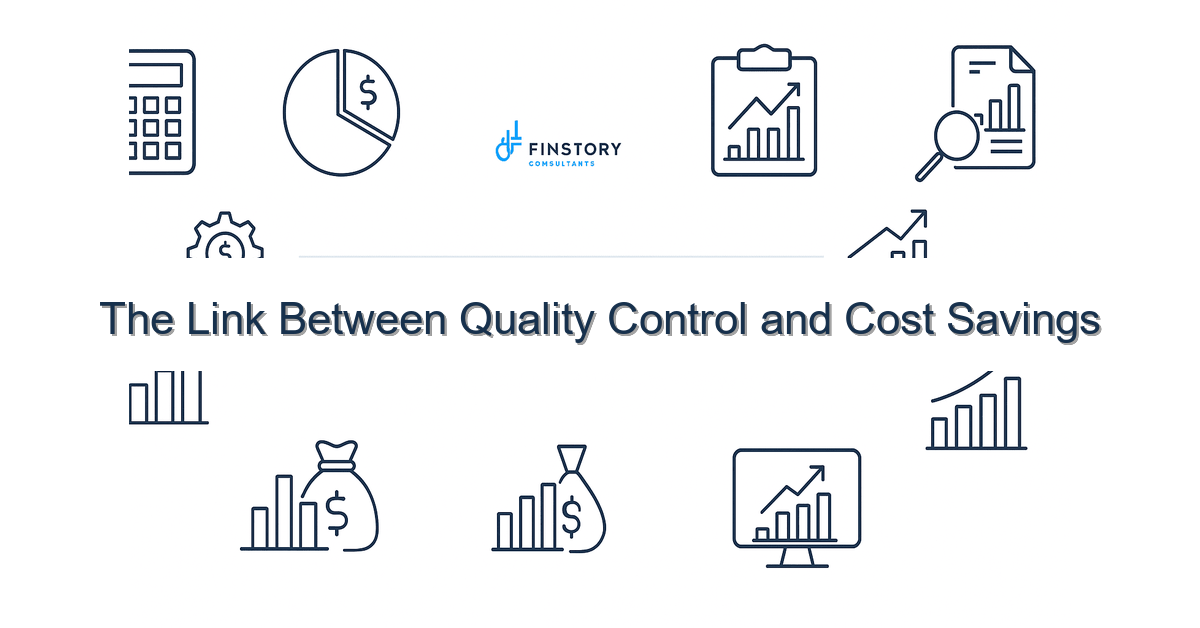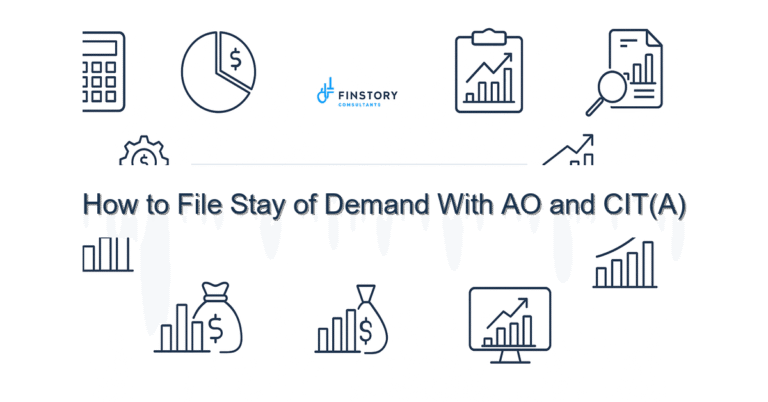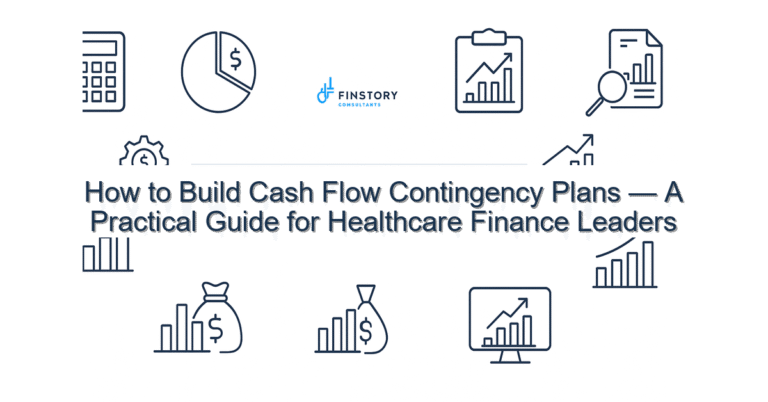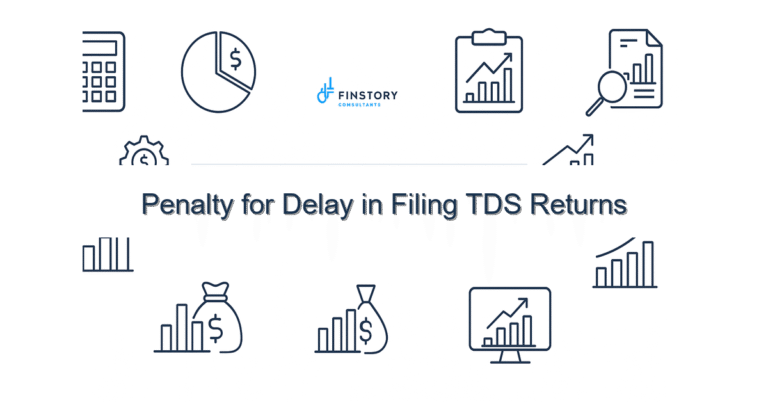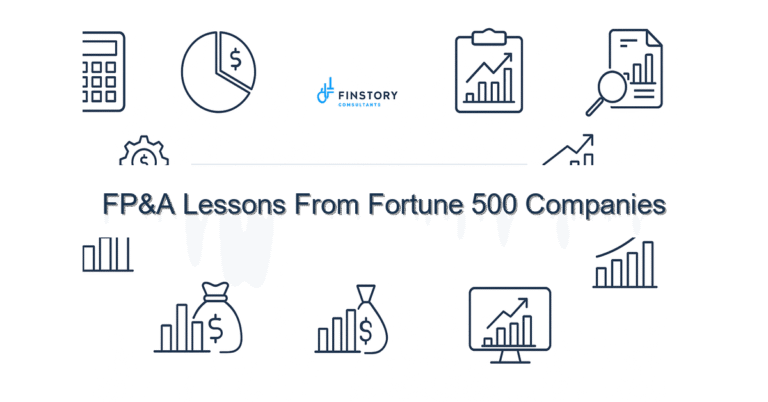The Link Between Quality Control and Cost Savings
You’re juggling budgets, patient care expectations, and a pile of closing tasks that never seem to shrink. It’s easy to treat quality control as a checkbox—until an avoidable error eats into your margin, your team’s time, and your trust with clinicians.
Summary: Investing in quality control pays for itself. By focusing on clean data, clear processes, and smart automation, healthcare finance teams can cut waste, shorten close cycles, and free cash—turning quality control into measurable cost savings.
What’s the real problem? — quality control cost savings
At root, the challenge isn’t that teams don’t care about quality. It’s that quality control is often under-resourced, reactive, or isolated from finance decisions. That gap creates hidden costs that compound over months and years.
- Symptom: Rework and adjustments after close—journal entries that should have been exceptions.
- Symptom: Manual reconciliations taking days, not hours, frustrating FP&A timelines.
- Symptom: Frequent billing or coding errors that trigger denials and delayed cash.
- Symptom: Leaders unsure which issues are process vs. data vs. systems.
What leaders get wrong
Leaders often respond to symptoms rather than causes. They add headcount, push harder on deadlines, or layer on manual checks. Those choices can increase costs without improving quality.
Common pitfalls:
- Assuming errors are one-off events. In healthcare, small data issues repeat and multiply.
- Separating quality control from financial goals. If QC is a compliance task only, it won’t inform margin decisions.
- Relying on spreadsheets as the single source of truth. Spreadsheets are great for analysis, poor as a long-term QC workflow.
A better approach
Think of quality control as an investment that reduces variable costs and shortens timelines. Below is a simple 4-step framework you can implement now:
- 1) Define material error types and their cost impact. Prioritize by frequency and dollar value.
- 2) Map the process end-to-end and assign ownership for each handoff.
- 3) Automate deterministic checks and escalate exceptions to humans.
- 4) Measure and report on QC KPIs in weekly leadership reviews.
Real-world story: A mid-sized health system we worked with reduced post-close adjustments by 72% after defining the top five error types and automating three reconciliation steps. That change cut their monthly close from 12 days to 6 days—and freed two FTEs to work on strategic margin projects.
Quick implementation checklist
- List your top 5 recurring errors and estimate the monthly cost of each.
- Map one high-impact process (e.g., billing to cash, P2P, payroll) end-to-end this week.
- Assign a single owner for each process step and a single escalation path.
- Introduce one automated validation (e.g., GL vs. sub-ledger match) using rules in your ERP.
- Create a one-page QC dashboard with 3 KPIs (error count, rework hours, aged exceptions).
- Run a 30-day pilot tracking time spent on exceptions before and after an automation.
- Hold a weekly 15-minute QC huddle with finance and operations leaders.
- Document decisions and build the first set of standardized journal templates.
What success looks like
Use measurable outcomes to sell the program internally. Here are examples you can target:
- Accuracy: 90–98% first-pass match rates on reconciliations (up from low baselines).
- Cycle time: Reduce month-end close from 12 days to 5–7 days.
- Denials & rework: Cut denials by 30–60% through upstream QC in coding and billing.
- Cash & DSO: Improve collections, reducing DSO by 5–15 days.
- ROI: Recover 1–3% of operating costs within 12 months from reduced write-offs and staff rework.
- Staff time: Reallocate 20–40% of transactional FTE effort to analysis and strategic projects.
Risks & how to manage them
Every transformation has risks. Here are the top three and practical mitigations.
- Risk: Over-automation that misses nuanced cases. Mitigation: Start with deterministic rules and build human review for exceptions.
- Risk: Resistance from clinical or revenue-cycle teams. Mitigation: Involve stakeholders early; show cost and time wins from their perspective.
- Risk: Data quality problems in source systems. Mitigation: Run data profiling, prioritize fixes, and track data health scores.
Tools & data
To turn quality control into cost savings you need the right mix of tools and disciplined reporting.
- Finance automation platforms to handle repeatable reconciliations and rule-based validations.
- Power BI or similar visualization tools for live QC dashboards and trend analysis.
- Leadership reporting: weekly scorecards that combine QC metrics with financial KPIs (DSO, close days, write-offs).
- Integrations across EMR, billing systems, and your ERP so data flows reliably into analytics.
Tip: Automate the low-hanging checks and use Power BI to surface the exceptions—don’t try to visualize everything at once.
FAQs
Q: How soon will we see cost savings from quality control?
A: You can often see small wins in 30–90 days (faster close, fewer adjustments). Meaningful ROI—reduced denials, lower DSO—typically appears within 6–12 months.
Q: Should QC sit with finance, operations, or a centralized quality team?
A: Ownership matters more than title. Ideally finance owns financial QC, but embed operations and clinical stakeholders into governance for shared processes like billing.
Q: What’s an attainable first-pass match rate?
A: Most teams can get to 90%+ first-pass on reconciliations by standardizing inputs and automating rule-based checks.
Q: Do we need expensive tools to start?
A: No. You can begin with process mapping, rule-based checks in existing ERPs, and a Power BI dashboard. Scale to specialized automation as you prove value.
Next steps
If you’re serious about turning quality control into measurable cost savings in healthcare, start with a short diagnostic: a 2-week review of one process and its cost drivers. We identify quick wins, set up a pilot automation, and show projected savings.
Contact Finstory to run the diagnostic and begin harvesting cost savings from your quality control program. We’ll help you link QC to finance KPIs, stand up dashboards, and guide change management with your teams.
Work with Finstory. If you want this done right—tailored to your operations—we’ll map the process, stand up the dashboards, and train your team. Let’s talk about your goals.
Internal resources: See our related posts on closing the books faster, healthcare cost management, and our financial automation services to learn how we implement these changes in practice.
Call to action: If you want to unlock quality control cost savings in your organization, contact Finstory today—let’s map the process and show the numbers.
📞 Ready to take the next step?
Book a 20-min call with our experts and see how we can help your team move faster.
Prefer email or phone? Write to info@finstory.net
or call +91 44-45811170.
